The Disclaimer
As each page of this website proclaims, this article is strictly the opinion of the author. My interpretation of the law in this matter is not guaranteed to be factual and I advise everyone to follow the reference links provided to form their own interpretation.
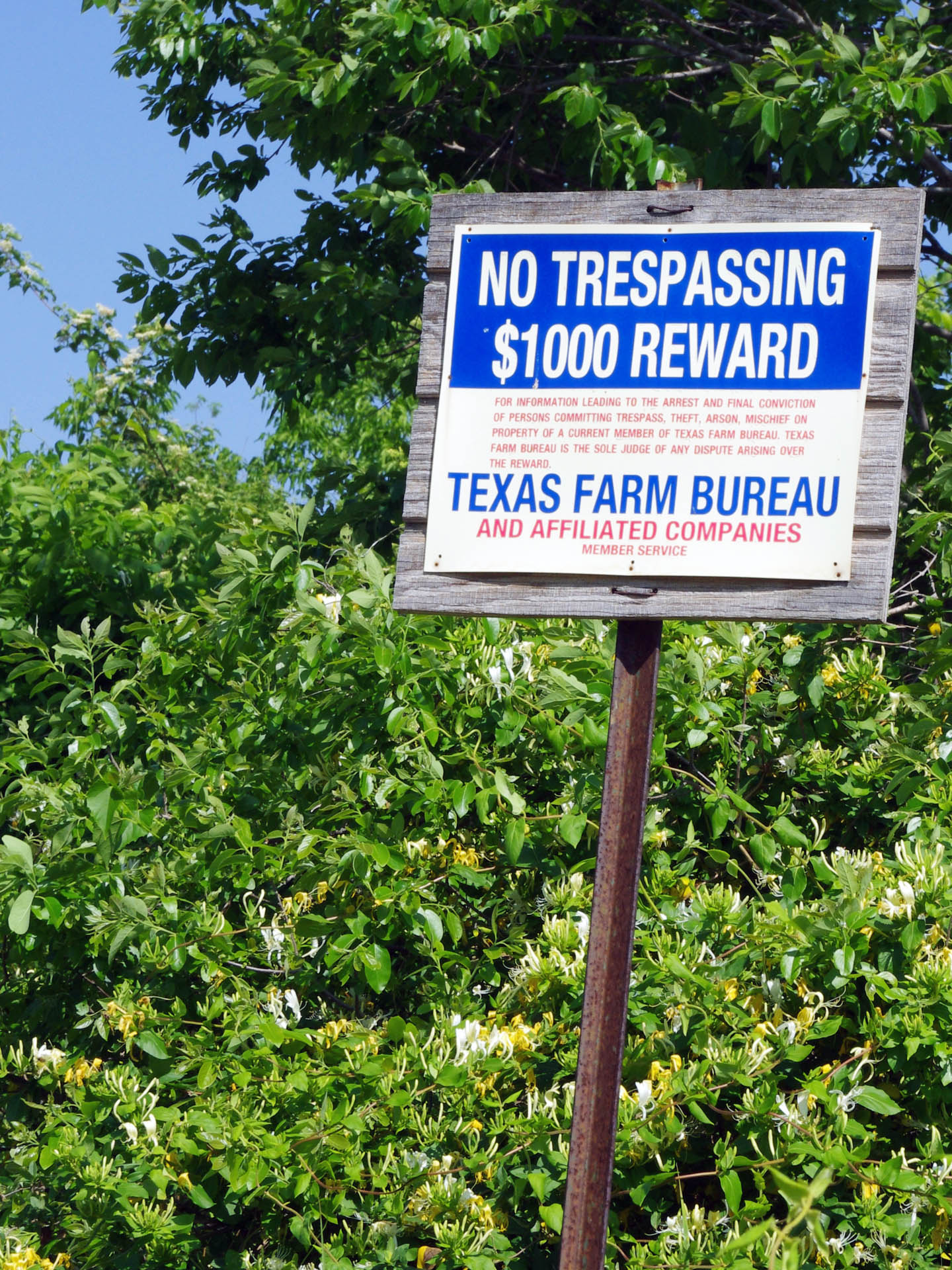
The Short Answer
In the simplest terms the public has the right to use the riverbed for recreation as long as it averages 30 feet or more between the established banks. Note I said between the established banks, not whatever the current span of the water is at the time. You also have the right to reasonably scout and portage around danger or obstacles. Access to the river can be from where any public road crosses it, although parking may be challenging.
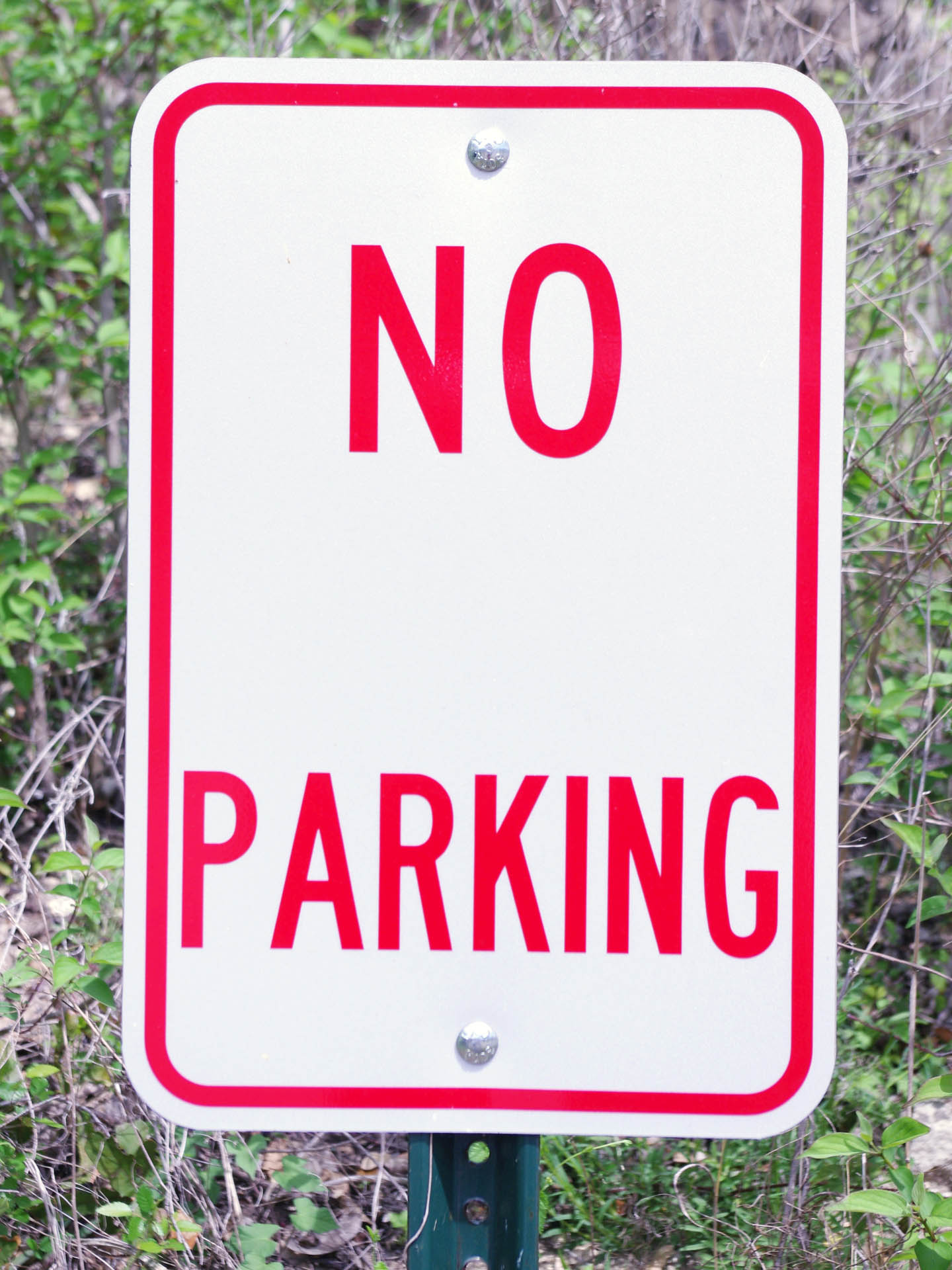
The Long Answer
Now despite what I just explained, you are bound to run into some fairly intimidating signs posted in places. The goal here is to enjoy the river legally so that if a landowner does call the sheriff you will not be charged with criminal trespassing. There are a myriad of specific explanations that detail every aspect of your navigation rights that can be found at Texas Parks & Wildlife Department’s website. The description there is very comprehensive well written. I feel it should be required reading if you are going to explore the upper rivers where the landowners are a little more contentious.
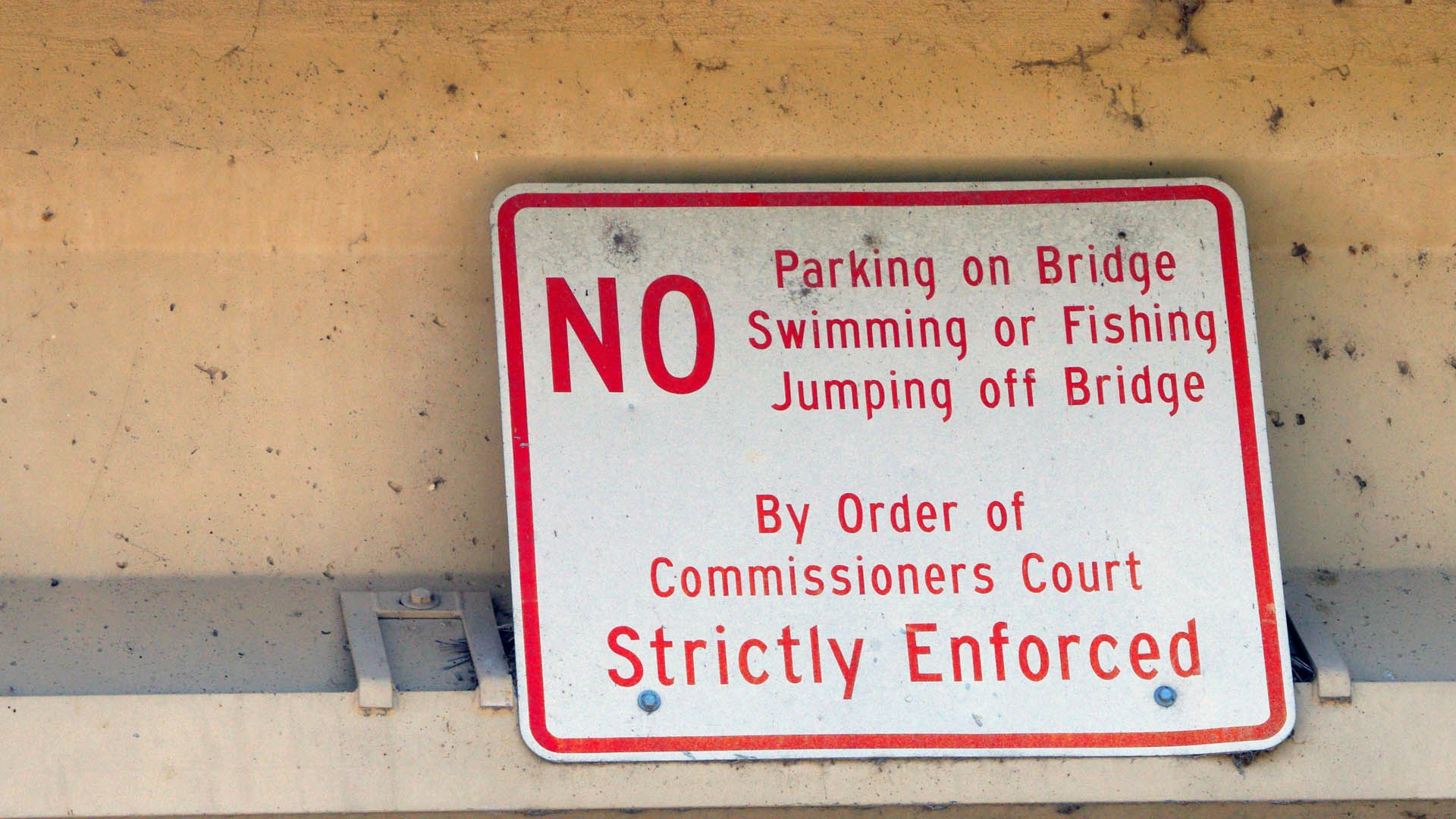
Who Owns the River?
I am consistently surprised by other fishermen and kayakers by their belief that their legal access to the rivers are due to the waterways being public property. With the exception of where the rivers flow through public land, this is not always true. In Texas, the streambeds are generally owned by the state, held in trust for the public, however the landowners can and often do own the streambeds in certain areas due to a 1929 law called the “Small Bill”. This ownership does not override the right of navigation but it does provide a catalyst for misunderstanding.
In fact, I bring this issue up first because people often approach river access with a misplaced sense of entitlement matched only by the landowner’s determined conviction of possession. These conflicting attitudes are a recipe for escalation where the goal should be to have a friendly respectful discussion. We should try to understand the frustration the landowners must feel from dealing with all the irresponsible people who litter the riverbed or trespass above the riverbank. In fact, we should view ourselves as mere guests on the river and act with the respect that it deserves. We may have to right to visit these rivers but remember that the landowners live and often make their livelyhood there.
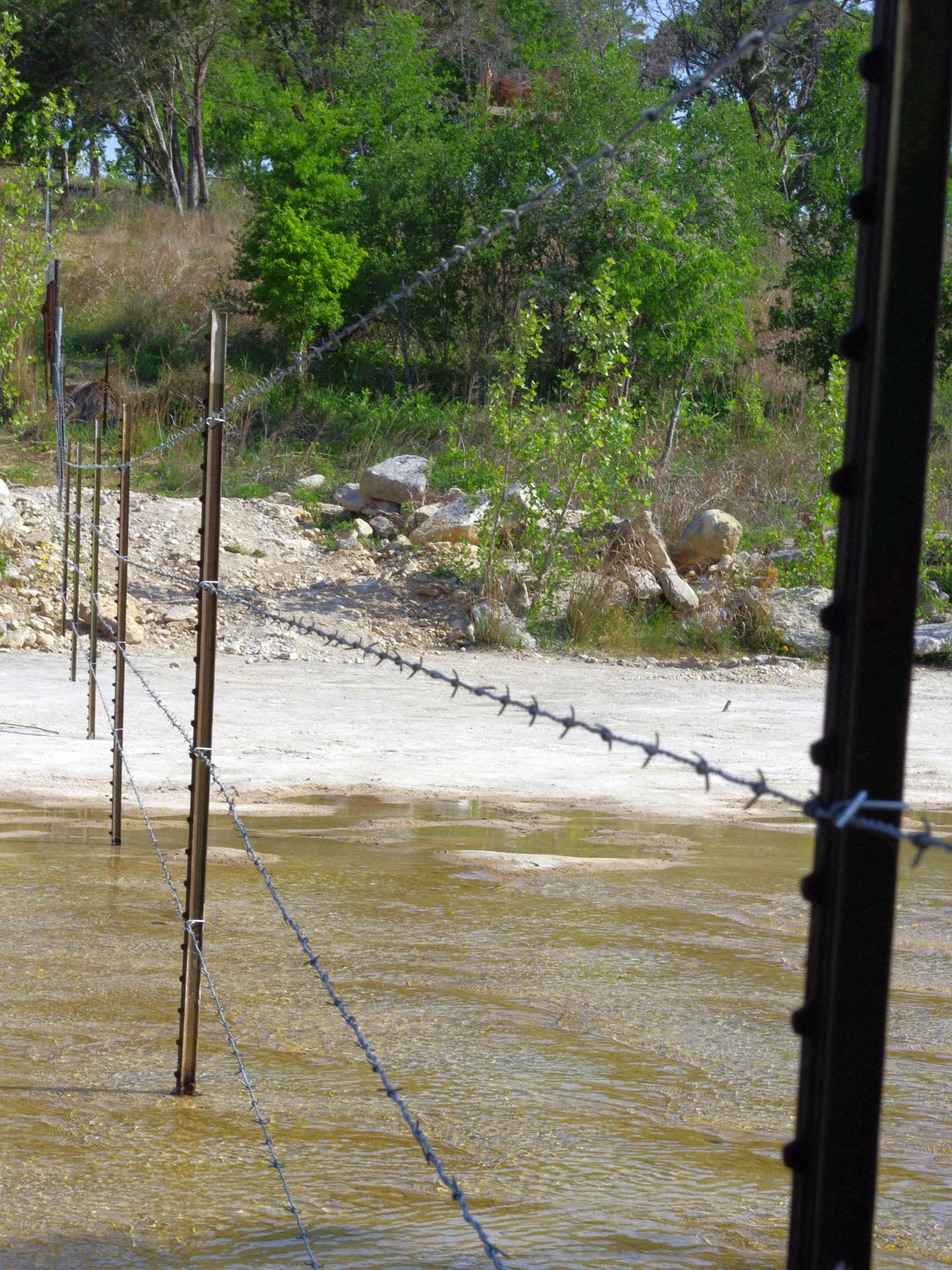
What if you are Confronted?
Personally when I am confronted by a landowner I explain that it is my understanding that I have the right to navigate the river, they always have responded that I am incorrect (I am not) and that I am on private property. I then apologize and move on. If I were to stay, the owner would likely call the sheriff who’s deputy may or may not be aware of Texas navigation law. So I might end up with a hefty ticket to fight. Even if the deputy is fully versed on the law he will want me to leave anyhow, just to remove the chance of more problems after he leaves.
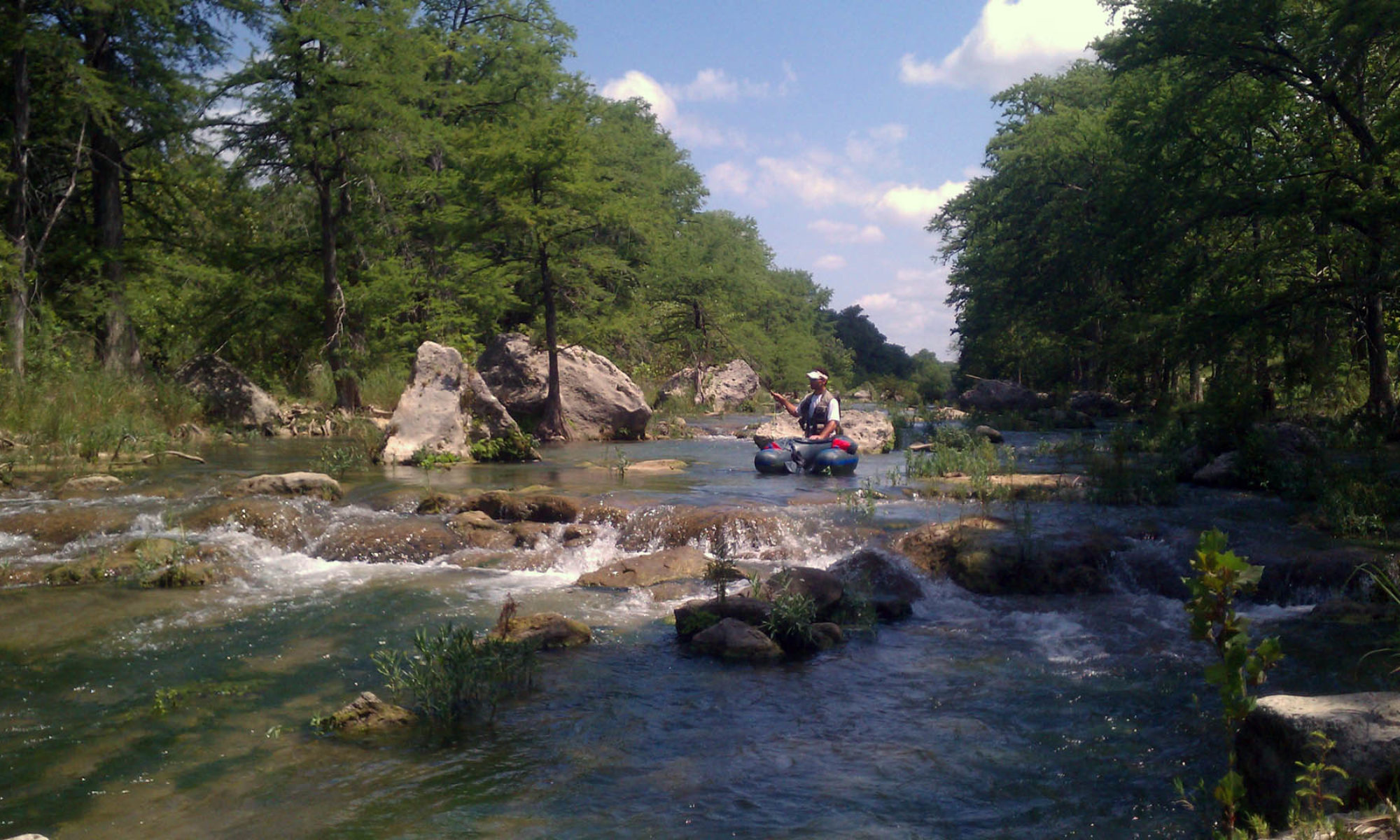

Please sign this petition to get our public access points to Medina Lake in Medina County, Texas back!
http://www.ipetitions.com/petition/medina-lake-public-access/?utm_medium=social&utm_source=facebook&utm_campaign=button&fb_action_ids=415611268511071&fb_action_types=og.likes&fb_source=timeline_og&action_object_map={“415611268511071″%3A447249645337673}&action_type_map={“415611268511071″%3A”og.likes”}&action_ref_map=
I was under the impression that land underneath bridges was DOT property, at least up to the waterline. What right would a city have to regulate use of water under a DOT structure?
Tom, I agree that the land under bridges is most likely owned by the state/county (and therefore public) but use of the water itself should not be an issue of ownership but rather a part of your right of navigation. Are you running into a situation where a city is preventing use of the river under a bridge?
I’m looking to legally go to the narrows, we have a place to park legally and hike up the river bed a good 7 or 8 miles, and there are many places I believe the bed is over 30ft wide, but I was wondering if there was a place to see if it had already ruled to be open to the public or not.
Did you do the trek to the Narrows, how was it? Could you share with me the details of your hike. Such as, where did you legally park? What worked for you, and what didn’t? Any information helps as I’m looking for a legal and safe route to enter the narrows. Thank you, for any information you are able to provide.
Brandy,
There are 3 writeups here about the hike:
http://www.texasriverbum.com/the-dry-blanco
http://www.texasriverbum.com/narrows
http://www.texasriverbum.com/hike-and-hassled-to-the-narrows
Be sure to read through the comments!
I live on River Rd in Wimberley TX. I’m in the cheap seats and did not flood. However the beautiful drive to my home was important in my decision to buy. I’m hoping to establish a non profit to possibly build walk ways and scenic points of interest. Who should I contact to determine legally. While I believe this project would increase property values for everyone, Those who would benefit the most, may fight against this. Any feed back would be welcome. Helen Gentry
Sorry, just found the write up on the narrows
This entire situation of public access on public waterways is completely out of control. I can understand anyone getting angry over the trashing of any land, but the State of Texas has allowed private land owners dictate no access to all the public lands surrounding our public waterways. What right do they have to place No Trespass signs on PUBLIC LANDS?
If the State continues to allow these No Trespass signs on PUBLIC PROPERTY sometime in the future it could become The LAW.
If the land owners are allowed to deny, it won’t be long before they will SHOOT what they consider Trespassers. As long as they are allowed to place No Trespass signs they will become more avid in their enforcement.
A fisherman in his boat was shot and killed on a public waterway near San Anglo about twenty years ago by a land owner saying he was trespassing.
Stacy, Unless I misunderstood you then the property owner have every right to deny access to their land that navigable waterways flow through. The right of navigation laws are to insure that the riverbeds themselves can be freely used by the public, legally getting into the river is a different subject and I have to side with the landowners right to protect their property. The one exception is the right to portage; that is when you are already on the river and need to get out and inspect a waterway hazard and possibly portage around it. Then the landowners must allow some very limited use of the shoreline.